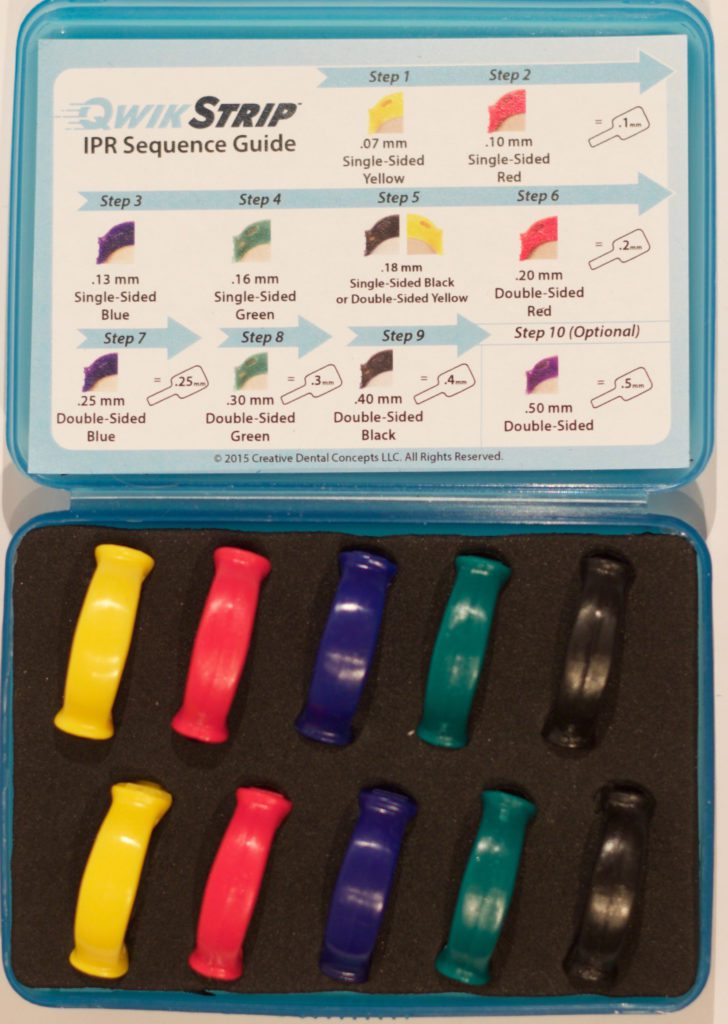
However we were told to keep it in front of the audience. I felt it would be best to keep the op point where it was for rigging and programming and later move it into the wings my reasoning for this was that it was important for the programmer to be able to see the stage when programming lighting states and then to be out of sight for the actual show and rely on the Deputy Stage Managers cues. We got in at 10am and began by moving the operation point from the audience position to the front of the stage.

After the last show we focused the lights back into their original positions and headed home, exhausted, but proud.
QLAB TOOTHBRUSHES MAC
The techie gods were in a merciful mood that afternoon and the show ended without a hitch, and the mac battery on 8%. So all I could do was pray to the techie gods that the battery would hold out, at least for the first show, after which the director could drive home and pick up his charger. I quickly ran and asked the director if he had the charger for his mac as mine wouldn’t fit.

As the audience were taking their seats I glanced at the mac and saw that all of the video testing had drained the battery down to 20%. But it was too late to come up with a solution, by this time it was 2 O’clock and time to start getting audience in. This wasn’t helped by the fact that the stage had been flipped meaning the op point was behind the actors and in front of the audience so I couldn’t actually see the projector screen to tell if the video was playing or if it was just the audio. This meant before the Audio Visual cue I would have to slide the cursor across the screen and pray that pressing space would start the video.
QLAB TOOTHBRUSHES TRIAL
It was looking good until Qlab told us that the trial version, which we had installed on the directors mac, didn’t allow for the playing of video. I reasoned that the only choice we had was to transfer my Qlab file onto the directors Mac, which had the input, and run the show off of that. We set up the projector and screen and then realised that my Mac didn’t have the necessary input for the projector cable. We arrived at 10 today, this time at the same time as the actors and director. There was going to be use of a projector but the video wasn’t finished being made yet, but nothing could go wrong with that, right? Not long into the Tech run I realised that neither Lighting desk had a record button, meaning the show would have to be run manually, I took note of the faders that were up in each cue (luckily this was never more than 5 due to the limited rig) and would tell Dan Heywood, the operator, each fader for him to crossfade into and each preset for the intelligent lights for each cue. I did so and transferred all of the tracks into a Qlab file.We then began designing the show. I decided the only way to overcome this hurdle was to plug my laptop into the aux cord and plug the USB into my laptop. I hopefully asked the manager if the mixing desk or electronic turn tables had a USB port but after ten minutes of searching to no avail we gave up. He told me all sound files were on a USB stick. I then moved on to figuring out the sound requirements. I made myself busy refocusing the generic lights as best I could to the dance floor, ensuring I provided adequate face-light, and the few colours available to me. This wouldn’t have been too much of an issue if the actors didn’t decide they wanted to perform on the dance floor, and have the audience looking down on them, on the stage.

It was made up of very old generic lights with washed out gels, some pointed on the back wall of the stage and others pointed at the two cages either side of said cage. This is all well and good for a club but trying to design, programme and operate a play with all of these factors presents interesting challenges. One was a simple fader wing that operated the extremely limited generic rig on stage, and another, that seemed to be built into the table, made up of metal, touch sensitive buttons that operated the pre-programmed intelligent lights that seemed to be on multiple, random presets. A workable sound mixer with an AUX cord (thank god) and two Lighting Desks. The Pink Toothbrush being a nightclub, the equipment was exactly what I expected.

QLAB TOOTHBRUSHES HOW TO
He showed us up to the Op point and gave us a brief lesson on how to use the sound mixer and desk. This gave me some time to inspect the club rig and talk to the owner. We arrived at the Pink Toothbrush at 10:30am ready to set up only to find that the director and the delivery van were running late and would arrive at 12. Neither of us knew any background on the show or the venue it was to be performed in aside from the fact it was a nightclub. This meant the original crew had already taken on other shows in it’s place and only me and Dan Heywood were available to work on it, assisted by Benji. The show got off to a somewhat unorganised start as up until a day before, the word was it was cancelled.


 0 kommentar(er)
0 kommentar(er)
